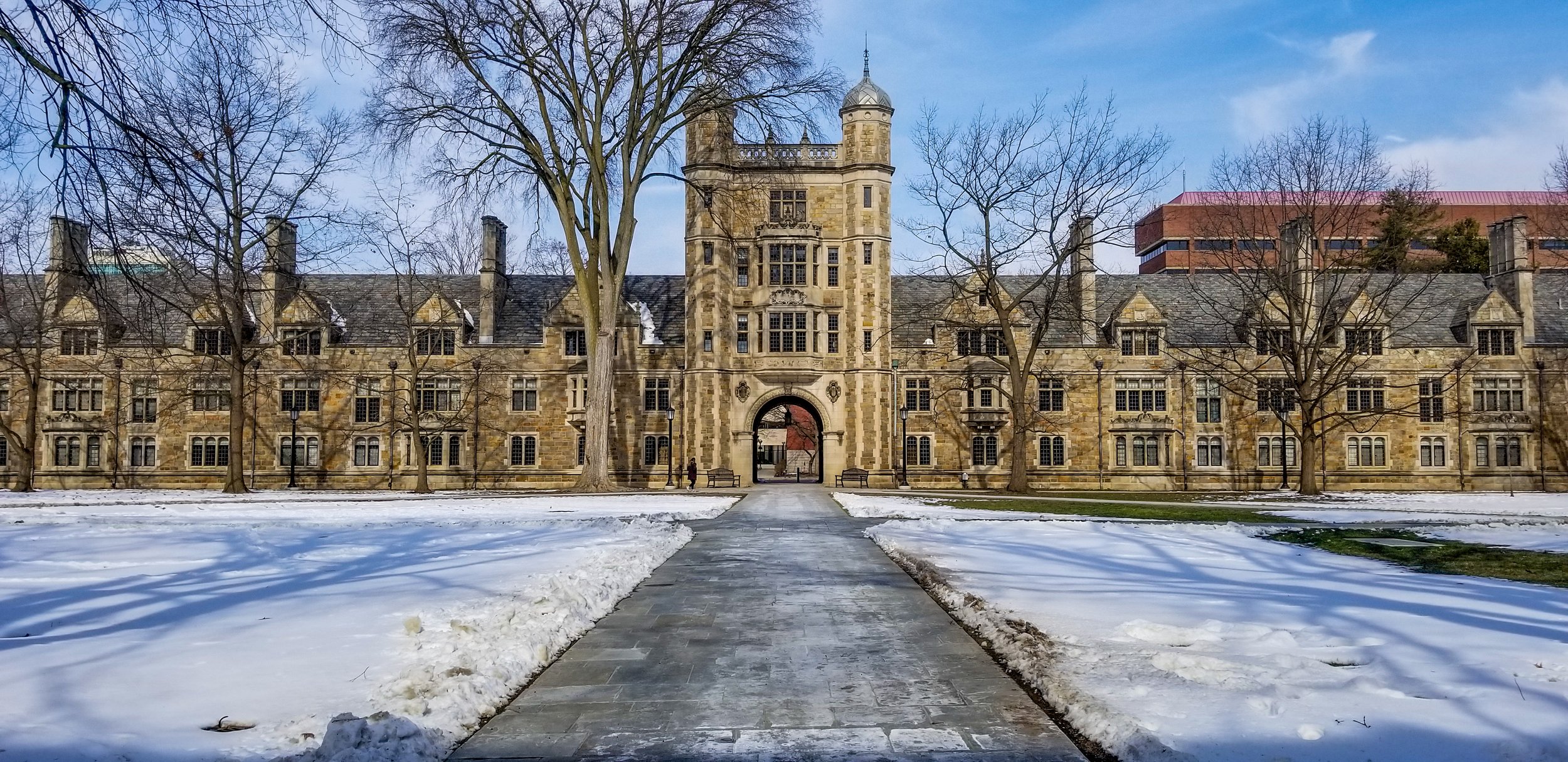
EDUCATION
PRE COLLEGE
September 1947 – December 1948, Alice C. Bateman Private School, preK-2A (2nd half of 2nd grade)
Story: My mother took me out of this school when she learned that they had promoted me to the second half of second grade (because I could read) without her permission. She had to wait until my 6th birthday to enroll me at the local public school.
January 1949 – June 1955, Mary Gage Peterson (public) School, 1A through 8th grade – memorable teachers: Rose Bellon, 4A; Herbert Herman, 6A; Helen C. Wright, 8 (full year).
Story: The public school administrators wanted to put me in 1B, the first half of 1st grade, but my mother argued that would be putting me back three semesters. They compromised on 1A for the single month of January, then 2B for the rest of the year. A year later, in 3rd grade I was “skipped” from 2A to 3A due to there being too many students. (It was not at all uncommon for better students to be pushed up a semester.) In 8th grade, influenced by my love of my teacher Mrs. Wright, I decided I wanted to be a teacher.
September 1955 – June 1959, Von Steuben (public) High School, 9th through 12th grade, class salutatorian – memorable teachers: Glenn Hewitt, Mathematics; Charles Stief, choral groups; Frances Beck, Latin and English. It was in 9th grade that I decided I wanted to teach mathematics.
1958 Summer, Roosevelt College
Analytic Geometry and Conducting
Story: By doubling up on mathematics classes, I had completed all the mathematics offered at Von Steuben by the end of my junior year. I wanted to take calculus and at that time analytic geometry was a pre-requisite. I had been named as the student director of the Von Steuben Choir for my senior year, so I desired to learn (musical) conducting. So between my junior and senior years of high school, I took two courses at Roosevelt College (now Roosevelt University), analytic geometry and conducting.
COLLEGE
September 1959 – June 1963, University of Illinois – main advisor, J.W. Peters; main professor in mathematics, Colin Blyth; main professor in mathematics education, Kenneth Henderson; main professor in music, Harold Decker.
1960 Summer, North Park College – French (anticipating needing modern languages for a PhD)
Story: By this time, I expected to go to graduate school, for which I would need to show reading proficiency in two languages. Neither of the allowed languages were likely to be Hebrew or Latin, the two languages I had studied until this time. So I took a 6-week concentrated course in French.
1962 Spring, student teaching, Niles West H.S., Skokie, IL – geometry, 2nd-year algebra, calculus; master teacher, Jim Martin.
Degree: Bachelor of Science (B.S.) in Mathematics (with highest distinction), 1963 (minors in Statistics, Astronomy)
Thesis (not required and quite unusual): Max-min Probabilities in the Voting Paradox. Thesis advisor: Colin Blyth.
Due to a great deal of classes in the music school, I had enough hours to receive a second degree; the advantage of that is that I could have music (specifically, choral music) as a teaching minor.
Degree: Bachelor of Science (B.S.) in Education (with highest honors), 1963 (major in Mathematics, minor in Music), state certification to teach.
Main honors: James Scholar (all four years); Phi Kappa Phi (all-university), Phi Beta Kappa (liberal arts), Outstanding Senior in Education, University Honors (highest honor a graduate can receive)
GRADUATE WORK
June 1963 – August 1964, Harvard University – advisor, Edwin Moise
Story: At Illinois I had been introduced as a freshman to the work of the University of Illinois Commission on School Mathematics (UICSM), the first of the “new math” projects in the United States. I had become acquainted with the algebra of UICSMP but not the geometry, and I applied to the Harvard Graduate School of Education) because the advisor in mathematics education was Moise, who was mainly responsible for the geometry text of the School Mathematics Study Group (SMSG), the largest of the new math projects.
Degree: Master of Arts in Teaching (M.A.T.) in Mathematics, 1964
1966-1969, University of Michigan - course advisor, Joseph Payne; thesis advisor, Arthur Coxford.
Story: I had applied to three schools for my doctorate: Harvard, Stanford, and Michigan. I was accepted at all three and chose Michigan because I had been told that I could do a dissertation in curriculum there. (By this time I was already co-authoring a pre-calculus text – see vita.) I received an NDEA Scholarship, which covered my tuition for all three years.
During my first year at Michigan, Joe Payne suggested that I might be interested in looking at incorporating geometric transformations into the geometry course. When I expressed great interest in this idea, he directed me to Art Coxford, whom he said was very interested in this. The second year at Michigan Art and I both taught geometry classes and wrote the first draft of the materials that became the subject of my dissertation. The third year at Michigan these materials were revised into two-volume paperback form so they could be used by others and tested in schools. Michigan required reading knowledge of two languages but allowed a computer language. French and Fortran became my languages.
Degree: Doctor of Philosophy (Ph.D.) in Education (Curriculum and Instruction – Mathematics)
Dissertation: The Effects of Teaching Euclidean Geometry via Transformations on Student Achievement and Attitudes in Tenth-Grade Geometry, 1969, Publication No. AAT 7014670, University Microfilms, Ann Arbor, MI, full text can be found in Dissertation Abstracts.
Dissertation committee: Arthur Coxford (chair), Joseph Payne, Phillip Jones, Stanley Diamond, Roger Lyndon
